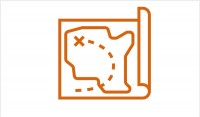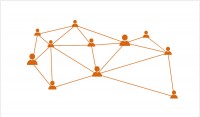Incentive Theory Revisited
The study of incentives is one of the central topics in microeconomics – incentives to work hard, to produce quality products, to study, to invest, to save, etc. How to design institutions that provide good incentives for economic agents has become a central question of economics. Behind this, though is the idea of motives, that is to say, what motives do economic agents operate under. The motivations of economic agents derive from the needs, desires, and aspirations that they are trying to fulfill. These different types of needs are typically structured through the use of a model called Maslow’s hierarchy that fundamentally divides them into primary needs and secondary needs. Primary needs are physiological in nature. They include such things as food, water, shelter, and sleep. Secondary needs are internal states like the desire for power, achievement, belonging, opportunities for advancement, relations with work colleagues, input into decision making, etc. People’s and society’s needs can change over time as agents move on to new ones that become more intensified and important to them.
In this paper, we will be presenting two very different frameworks for understanding agents’ motives and associated incentive systems. We will look at the model of incentive theory that is central to standard economics and then go on to talk about the more complex model of intrinsic motives and choice architecture that is emerging out of behavioral economics.







